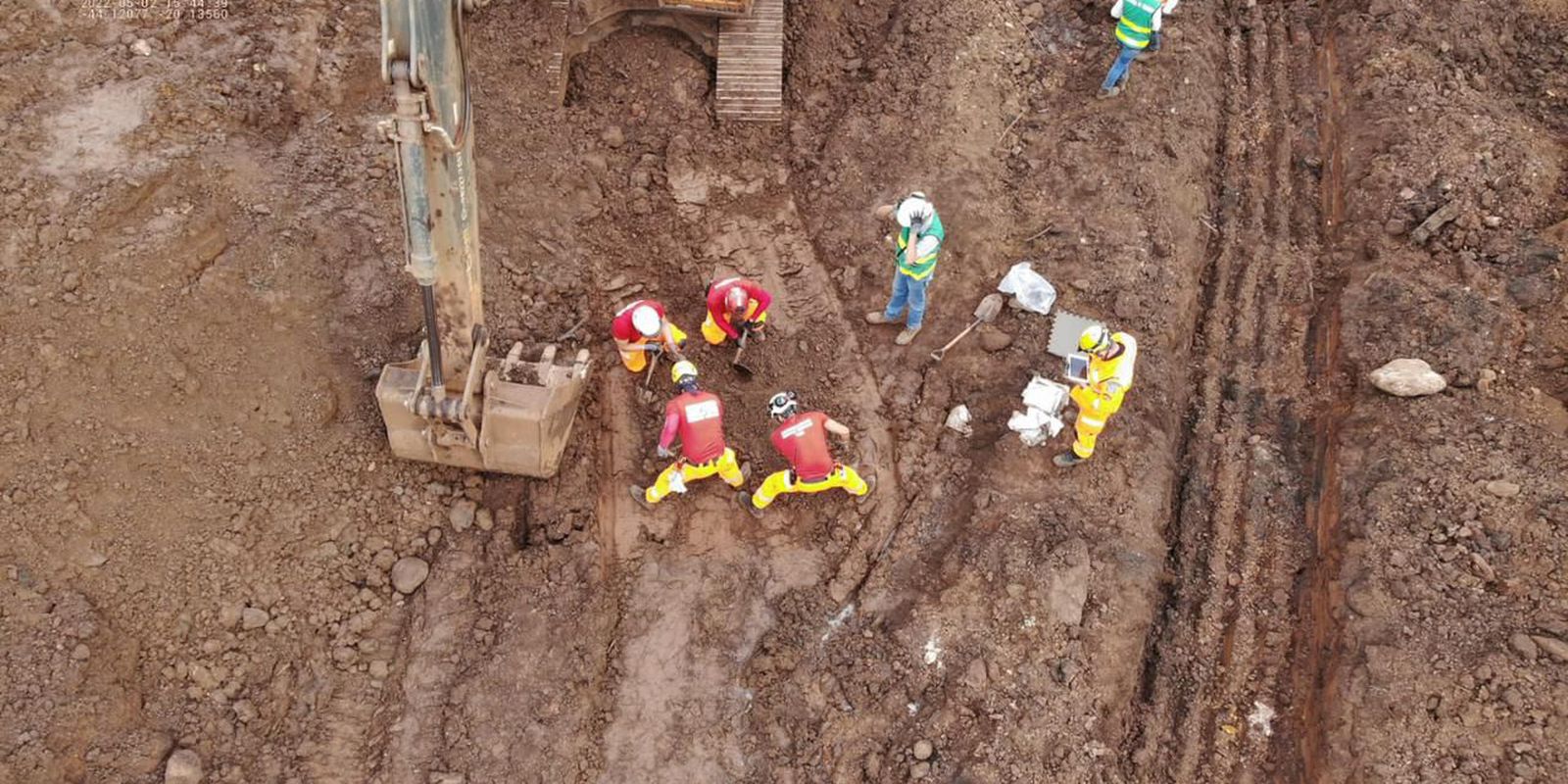The 267th victim of the rupture of the Córrego do Feijão dam, in Brumadinho (MG), was identified today (20) by the Civil Police of Minas Gerais, through the Legal Medical Institute (IML). Through a DNA test, the institution confirmed the identity of Cristiane Antunes Campos, who was 35 years old at the time of the dam failure, on January 25, 2019. She was born in Belo Horizonte and worked as a mine supervisor. Cristiane was located by the Minas Gerais Military Fire Brigade.
Governor Romeu Zema reinforced, on social media, the state government’s commitment to alleviating the suffering caused by the tragedy. “We won’t settle down until we find all the disappeared, reducing the pain of the relatives a little”, stated Zema.
The collapse of the dam belonging to the mining company Vale in Brumadinho took the lives of 272 people, of which two were pregnant. Three victims have not yet been located.
This year, the Civil Police identified three victims of the tragedy, in the months of May, June and this Tuesday. This December, the Fire Department recorded more than 1,400 days of operation in Brumadinho. Since the beginning of the tragedy, 5,735 military firefighters have been employed in the operation.
In the current phase, the Fire Department is in the eighth search strategy, operating with the Search Stations, which consist of industrial screening equipment adapted to the operational reality of Operation Brumadinho. This new strategy allowed a gain in processed volume, which reaches around 200 tons per hour in each piece of equipment.
In addition to the deaths, the collapse of the Vale dam in Brumadinho generated a series of social, environmental and economic impacts in the Paraopeba River basin and throughout the state of Minas Gerais. The tragedy is considered one of the biggest environmental disasters in mining in the country, after the rupture of the Fundão dam, belonging to the mining company Samarco, in Mariana, also in Minas Gerais, which happened on November 5, 2015.
The rupture of the dam in Mariana killed 19 people, released about 45 million cubic meters of waste into the environment, mainly composed of iron oxide and silica, and buried the sub-district of Bento Rodrigues, leaving a trail of destruction that extended to the coast of Espírito Santo.














